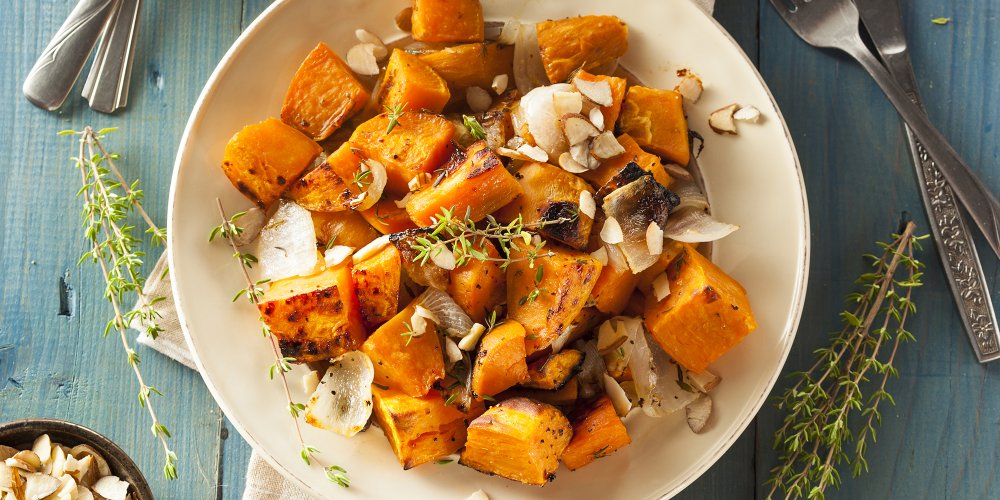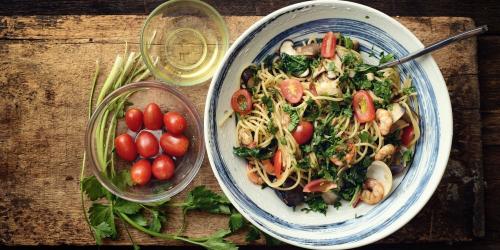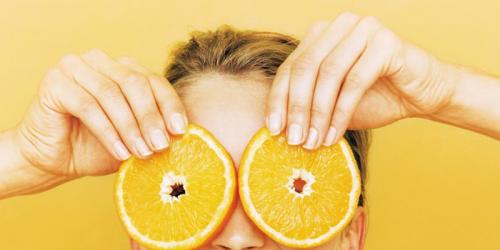The question of the glycemic index tells you something? This notion of impeccable sounding science appeared among nutrition professionals in the 80s, but is now back on the front of the media scene with a handful of trendy pastries and blogs as greedy as intelligent. In the lead, that of Ella Hagege, called "Megalow Food", shares for four years recipes and good plans in low GI.
The pretty successful blogger has just collected the best of it in a book, "Megalow food, 60 gourmet recipes low glycemic index for all meals," published by Alternatives Editions, in complicity with the nutritionist Anthony Berthou. "There are formulas as succulent as the glycemic bombs that I loved before making the link between sugar and health. At the time, I was constantly bloated, tired , hungry, "describes the brunette, just thirty.
Weight gain , bad digestion , compulsive nibbling ... after a few months of research, Ella finds the answer to her problems in the famous glycemic index.
What is the glycemic index?
It classifies foods according to their effect on blood sugar - our blood sugar level, on a scale of 0 to 100, 100 being the rate reached when we swallow pure glucose.
The IG is considered very low when it is below 35, low if it is between 35 and 50, moderate, when it oscillates between 51 and 70, and high when it passes over the bar of 70.
To locate you, you will find in many clicks many tables that list the GI of the main foods.
Insulin, a fat storage hormone
Consuming a high GI food forces the body to react by secreting insulin. Produced by the pancreas, this hormone regulates the blood sugar level. When the latter is high, the pancreas must release a lot and very quickly. This is the famous insulin spike and its cascade of unpleasant reactions.
First insulin fulfills its mission fissa by bringing the blood sugar level to the normal but then triggers a state of hypoglycemia and the feelings of discomfort that ensue! We are hungry, we feel tired, irritable, even depressed . And the craving for sugar becomes imperative.
Then insulin activates the transformation of the over-carbohydrate into fat reserves, and that's the guaranteed weight gain .
To get out of this vicious circle, it is enough to consume a majority of low GI foods. Bye bye the cravings, we recover the line, more energy and concentration, a better transit, a protected heart, a fortified immune system. Convinced? We go to the instructions for use.
Good sugars
Enemy number one: white sugar . It is everywhere but there are many alternatives. The recommendations of Ella Hagege? Coconut blossom sugar, or better, birch sugar. "Very used in the Nordic countries, it is found in some organic shops or on the internet. It looks like white sugar and does not have the aniseed aftertaste of stevia , a natural sugar in vogue. Unlike coconut sugar, which browns and changes taste when cooked, its sweetening power increases with cooking, "explains the blogger.
History to vary the pleasures, she also advises acacia honey, relatively low GI, or agave syrup, but sparingly because rich in fructose. "Having proper substitutes at our disposal does not allow you to eat cakes all day long ... it is all about getting rid of the taste of sugar ... even if it means giving yourself a good chocolate morsel occasionally. So, the recipes you think are bland today will seem outrageously sweet once your palate is used to it. "
Starchy, with discernment
In the large family of starchy foods, the ingredients are not all equal in terms of GI. Refined grains consistently trigger insulin spikes. At the top, white rice (its GI goes up to 90!), To which one will prefer the basmati rice complete or wild.
Worse still: white wheat flour. Cakes, bread, pasta ... it is omnipresent. It is preferable to use flour spelled whole or barley hulled, and even in the cakes, almond powder, whose IG is very low.
Oat bran, filled with fiber, is the magic touch in pastry: increasing the amount of fiber in a dessert lowers the rate of intestinal assimilation of sugars.
Exclude rice and corn flour. Although highly valued in gluten-free recipes , their GI is high. "The exercise becomes frankly acrobatic in the case of a low-GI, gluten-free diet," says Ella Hagege. On the other hand, buckwheat flour has a very acceptable GI and an interesting taste. As for the lenses ... surprise! Their low GI (30) makes it a great ally in stabilizing blood sugar. Satiety guaranteed.
And the bread?
With white bread , a genuine glycemic bomb, we prefer wholegrain sourdough bread. Integral to ensure that it is not cut in white flour, like many breads called cereals. And leaven because it is essential to degrade sugars.
Another hot topic: pasta. Ella Hagege advises those with wholemeal or whole wheat, or those, totally new on the market, based on legumes (chickpeas, split peas, lentils). Favor some forms of pasta (spaghetti have a lower GI than their counterparts) and cook al dente, starch then assimilated less quickly.
Same logic for potatoes. Better to prepare them whole (not in flakes) and little cooked. Or replace them with sweet potatoes, sweeter but at a lower GI.
Another rule of thumb: the more the menus contain families of various foods (fiber and protein in mind), the more intestinal assimilation of sugars is stably. Ella Hagege recalls a theory dear to nutritionists: "Nothing beats a balanced diet and the least processed foods possible. "



